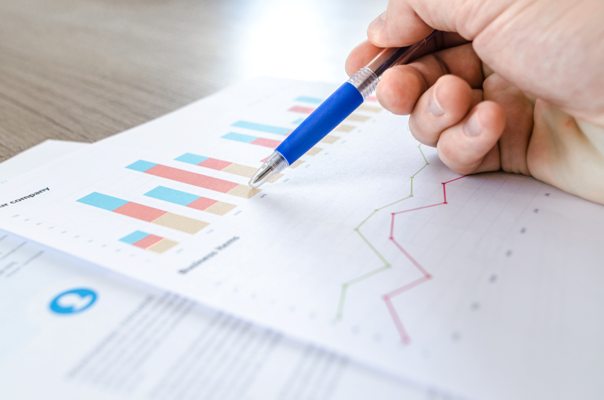The Rumsfeld Matrix as an effective tool in the decision-making process
During a briefing on the Iraq War, Donald Rumsfeld divided information into 4 categories: known known, known unknown, unknown known, unknown unknown. ...

BI plays a major role in the vitality of almost every business today. BI solutions manage big amounts of data and help companies to stay competitive on the market. Dashboards are instrumental in the process because they visualize complex information and make it user-friendly. They consolidate data from many sources into one comprehensible custom sheet that highlights the performance within the whole company. Visualizations can also help control inventory both for SMEs and large organizations.
BI dashboards track KPI, different metrics and data points pertinent to a business aspect, department, or some process. Their goal is to present information in such a way that gives valuable insight and inspires immediate action. Therefore, they use visual tools like graphs and charts to simplify the information and make it accessible for everyone within the organization. As a result, the end-users can actively interact with data instead of passively consuming it.
BI dashboards can bring a lot to the table when you prepare them with clear objectives in mind. Here are some benefits a well-built dashboard can offer:
Customization
It’s possible to customize dashboards in relation to users and expectations. Dashboards can be tailored to managers at all levels of the organization to display the most relevant information. This allows each person to see just enough detail to do their job efficiently and achieve set goals.
There are many customizable solutions. You can opt for strategic, analytical, operational, or tactical dashboards, each having a specific purpose. Likewise, you can choose the environment where to build them, i.e. a cloud-based software or the on-premise one.

Immediate visibility
A good business dashboard is easy to read and understand. But when we say that visualizations simplify complex data, we don’t mean they dumb it down. Dashboards are nuanced, and they enable their users to drill into detail by selecting a variable or an object. Plus, most BI software is mobile-friendly, meaning anyone, no matter where they are, can view and interact with dashboards.
Thus, BI visualizations provide on-demand access to the information needed to respond to ever-changing market conditions. Which brings us to the next point.
Cost and time effectiveness
Before, one had to log in to multiple systems to compile chunks of data into a decent report. But by the time they’re done, the report might not be applicable anymore. Even worse, the company could lose money because it wasn’t able to react adequately to changing conditions.
Now, thanks to BI dashboards, organizations can adapt to fluctuations on the market and sometimes even predict them.
Forecasting
Utilizing historic data on the customers’ buying cycle, it becomes easier to determine what the next demand will be. In response, businesses can build a strategy to cope with fluctuating demands setting realistic targets and deliverables for guaranteed success.
Observing consumer trends
This ties in with the previous point but mostly concerns BI dashboards shedding light on current patterns in customers’ behavior. Businesses can get higher retention rates and increase revenue if they know on what customers they should focus their marketing efforts the most.
Inventory management
For sales staff, BI dashboards will be of great use since they keep managers informed of what products are in store and where they are located. Leaning on historic data, BI dashboards can optimize the supply chain and minimize the risk of stockouts or overstocks.
Identifying inefficiencies
When it comes to Key Performance Indicators (KPIs), BI dashboards are indispensable. They help managers detect and close performance gaps across all business areas before the situation gets out of hand. As the old saying goes, ‘What gets measured, gets managed.’
 Enhanced decision-making
Enhanced decision-making
If you take all the above-mentioned points into account, it’s clear that BI dashboards can positively affect the ability to make informed decisions. Thanks to BI dashboards, organizations can analyze key data quickly and in-depth across many departments. Visualization tools break down intricate data and empower nonspecialists to evaluate it and act upon the gained knowledge.
Once you create a BI dashboard with the right questions in mind, the answers you receive will unveil the current state of your business and help you take measured data-driven decisions.
When you implement something new, it’s important to know what difficulties you may encounter along the way. Like any other innovation, BI software is imperfect, that’s why it keeps evolving. Nowadays, most of the complaints regarding BI dashboards stem from either their cost or challenges during the implementation. Most BI solutions are self-service, which means IT specialists need to install them. Here are some other complications:
Most of these problems are easily solved with the right approach. Considering the number of benefits, it’s worth investing in something that in the long run can help your company thrive. Because the future lies in big data and analytics, and sooner the company adopts it, the more competitive advantage it will hold later on.